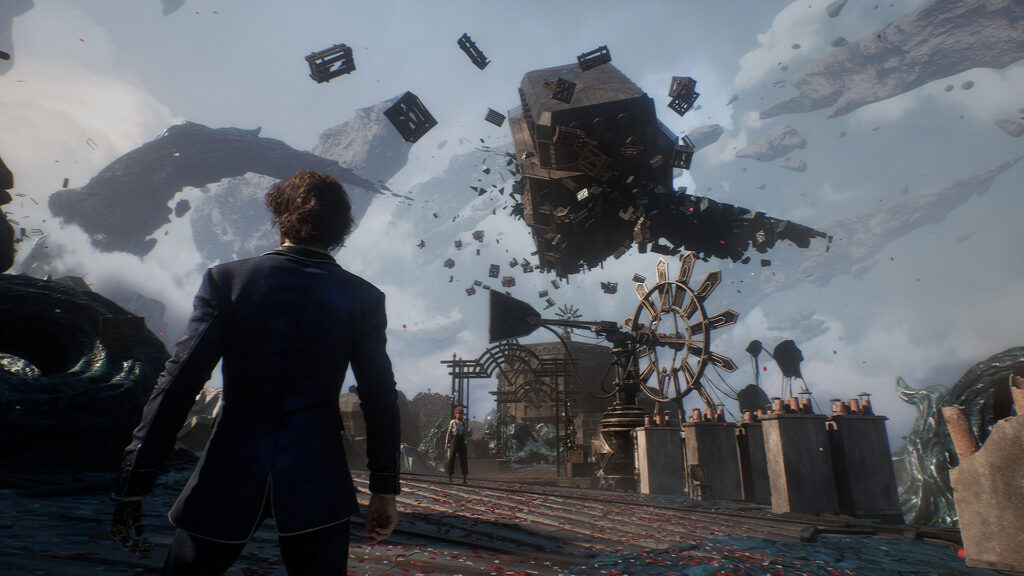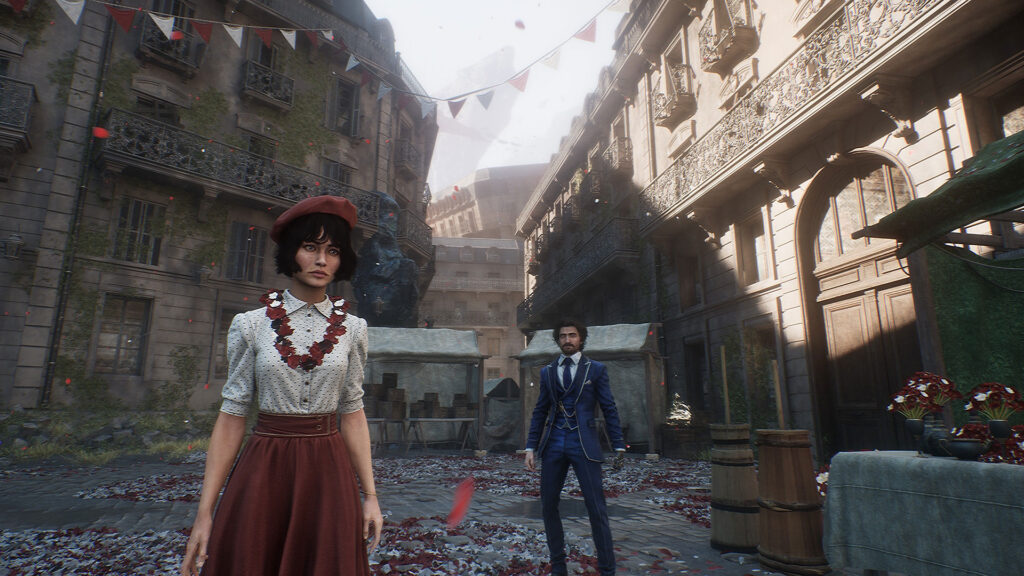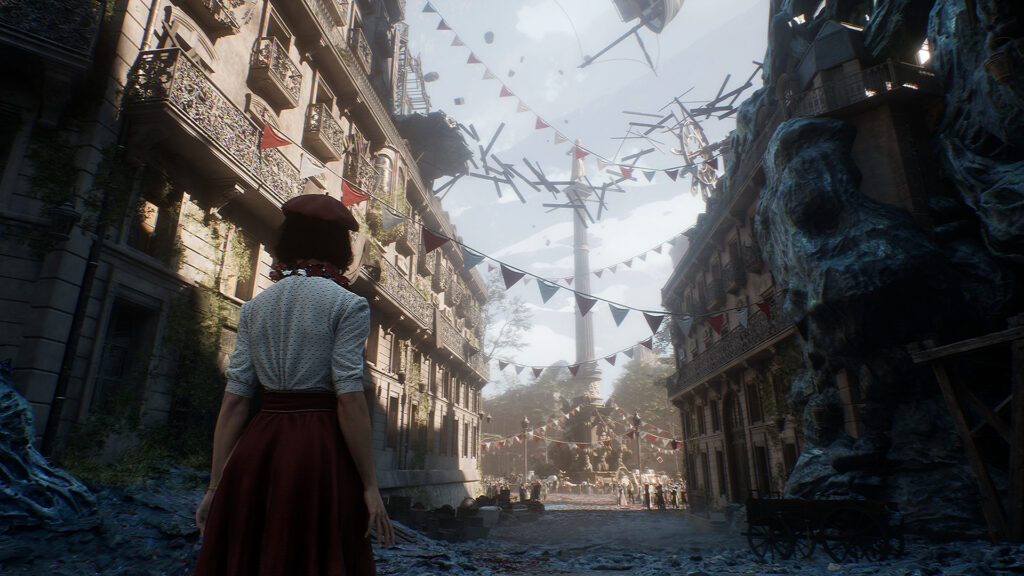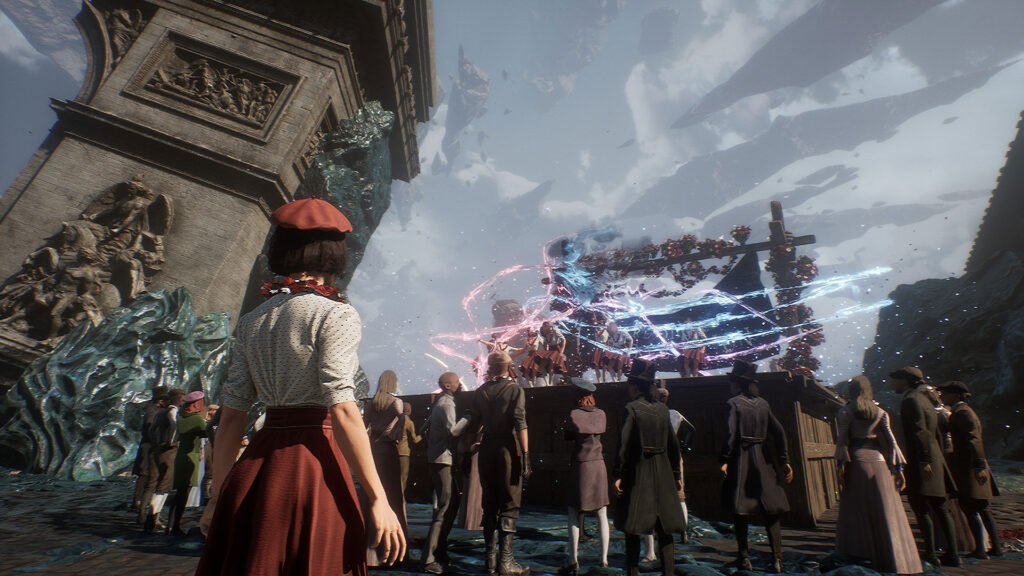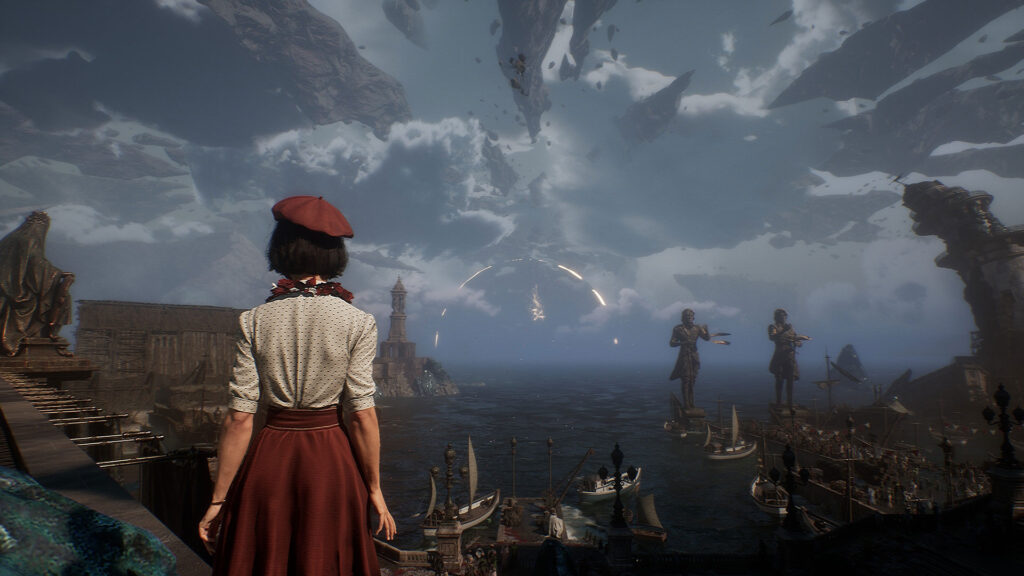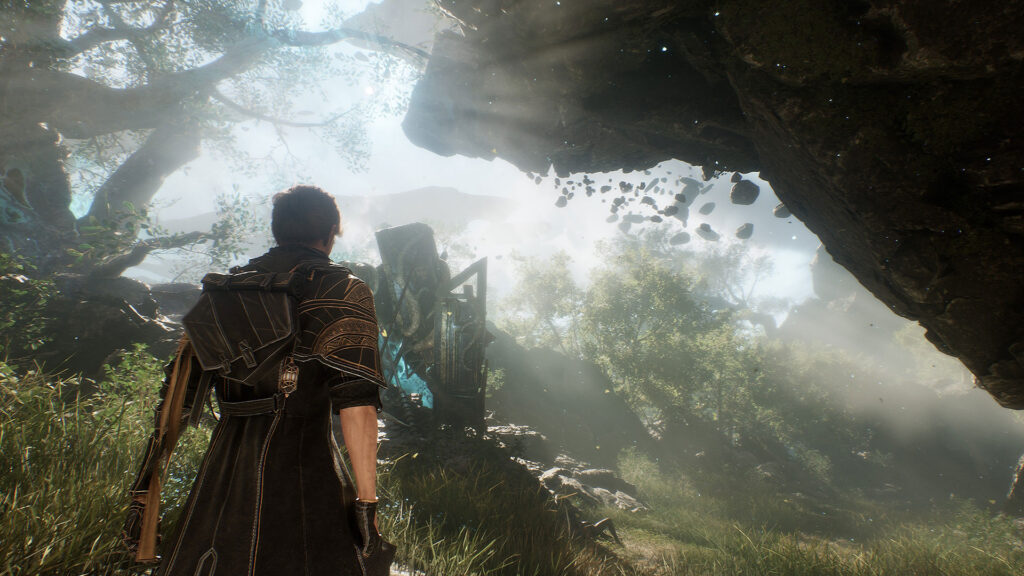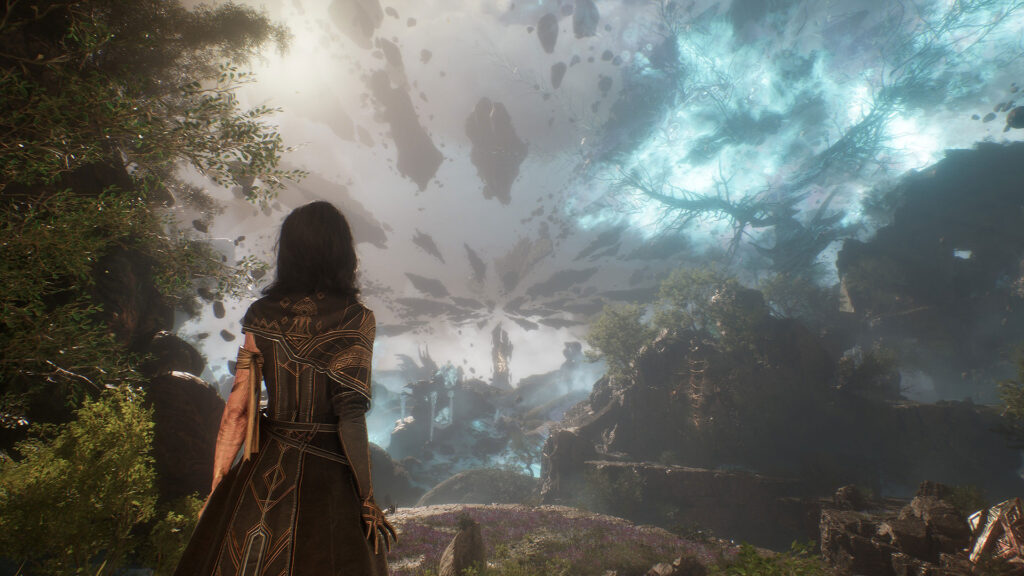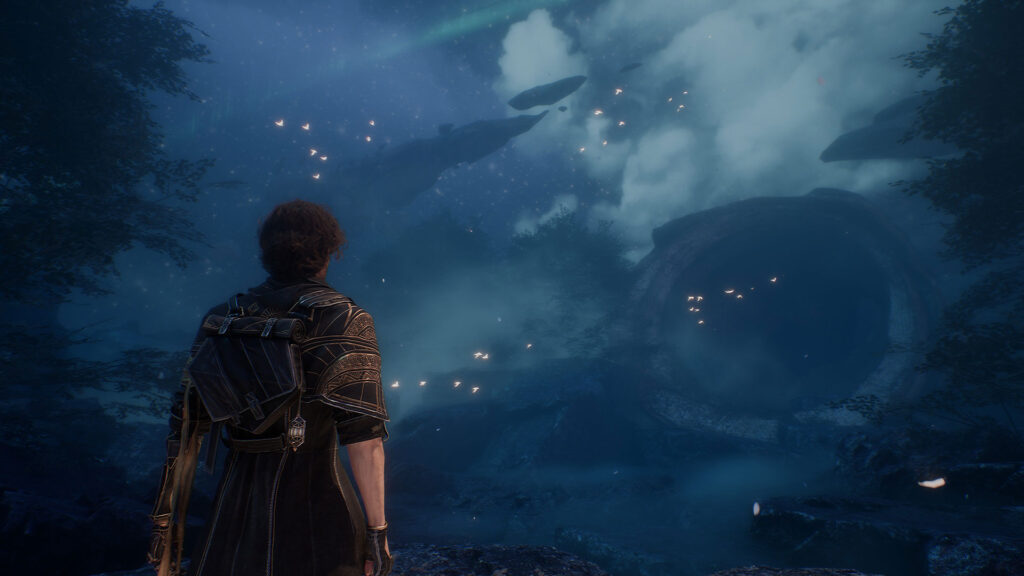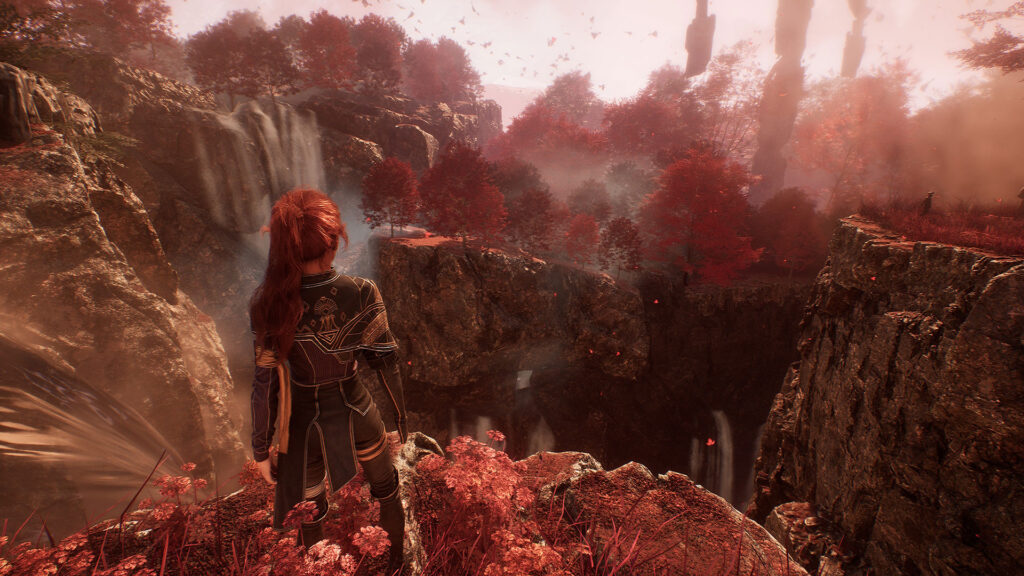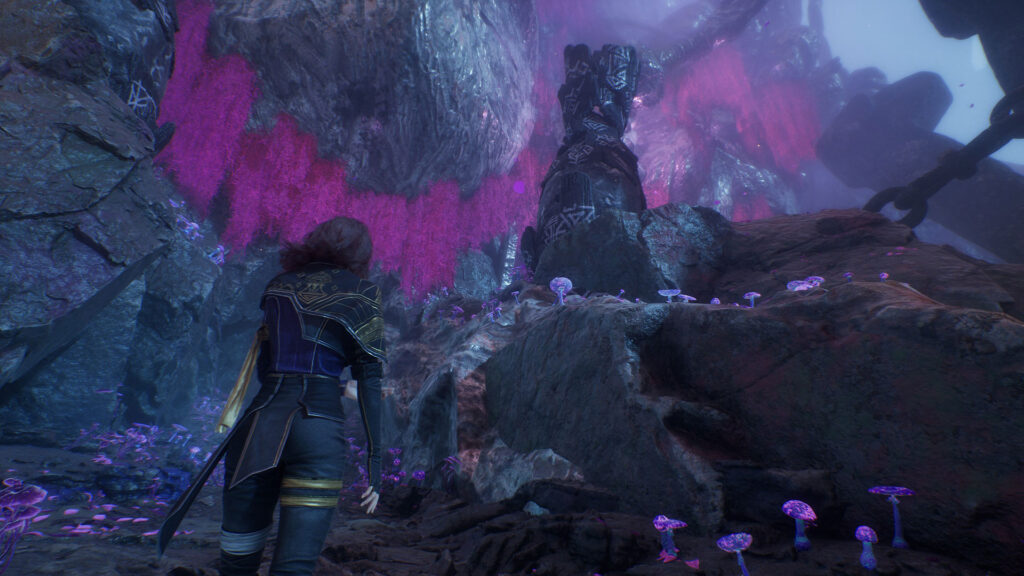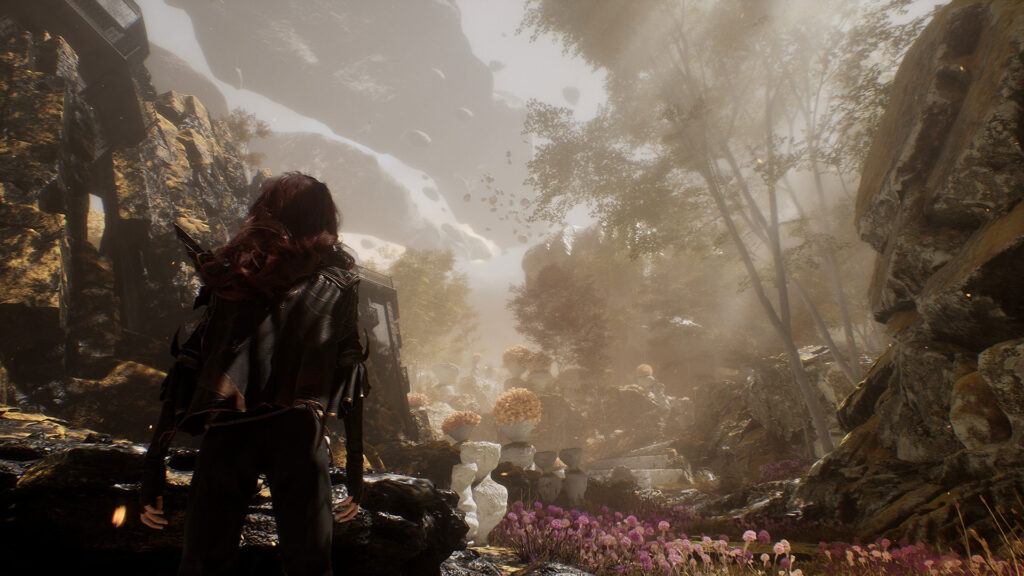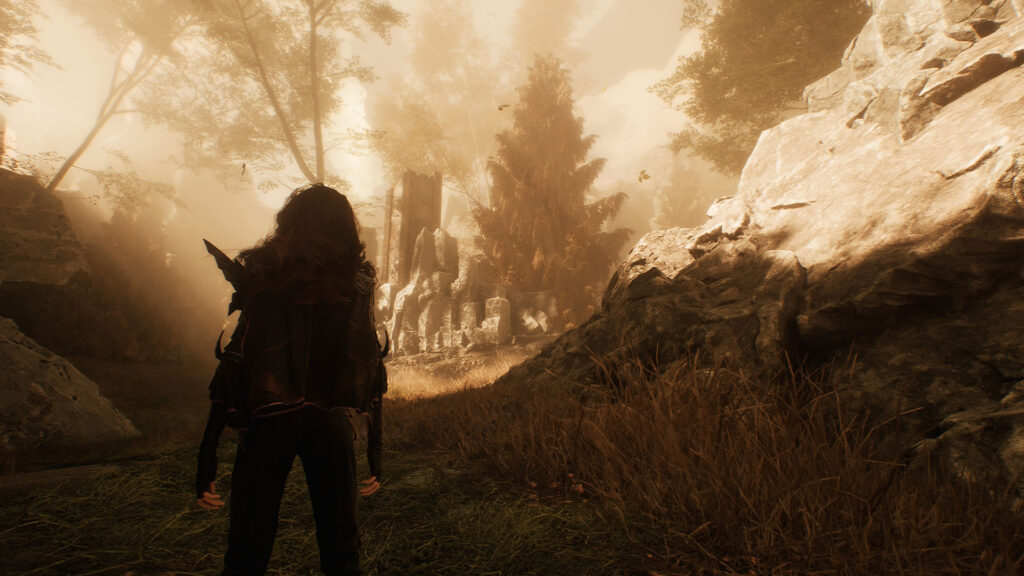Quick Verdict
Clair Obscur: Expedition 33 is the reason why I play and love video games. It masterfully takes inspiration from multiple games, molding them into a unique gameplay experience that feels fresh and evolves a genre that has existed for decades. It’s easy to simply say Clair Obscur: Expedition 33 is a masterpiece, but the game is truly much more than that. It’s a testament to what passionate gamers can create when they’re not burdened by corporate greed. It’s a reminder that creativity and stellar game design still exist in an industry often bogged down by trend-chasing and microtransactions.
When the credits rolled, I felt I had experienced a profound journey, a carefully composed narrative painted with layers of complexity and charming characters. As someone who grew up passionately loving turn-based RPGs, Clair Obscur: Expedition 33 proves the genre is far from dead, it just needed a bit of creativity to modernize some very old gameplay systems. If you love turn-based RPGs and thought the genre needed something new—this is it.
Painting Outside the Lines

My experience with Clair Obscur: Expedition 33 actually starts with a funny story. I am generally not a fan of precision parrying and oftentimes find myself dodging more than parrying in soulslike and adjacent titles because my timing is just terrible. So I went into Clair Obscur: Expedition 33 planning to play on Expeditioner (normal) mode, and that’s the difficulty I selected at the start. After the opening sequence, however, I found the game to be rather unforgiving and surprisingly challenging. While dodging offers a larger window, I quickly found parrying’s benefits—counterattacks and resource generation—too good to pass up. I forced myself to learn how to parry, which increased my appreciation for the game’s design. Yes, it was very punishing if I missed a parry or dodge, since most of the time that resulted in failure, but this was the perfect game for me to finally learn how to get better at parrying.
Blending turn-based combat with real-time dodging and parrying mechanics that require tight timing, along with quick time events, is nothing short of brilliant. It’s always been a bit hard for me to have the patience to get better at soulslike games, because there’s also movement and positioning to account for while trying to parry or dodge—along with learning the proper times to actually attack and do damage. Clair Obscur: Expedition 33’s combat is the perfect compromise to me, especially since parrying equates to damage. It managed to take mechanics I previously abhorred and make them addictive and satisfying to fail at until I succeeded.
What’s the point of this story? Well, throughout most of my playthrough, I found myself surprised by the game’s difficulty because I was under the assumption I was playing on Expeditioner. I never bothered to check, since I had heard from other reviewers that the game was pretty hard, even on Expeditioner. It wasn’t until I got stuck on a boss fight for over an hour that I started to question whether I was just now really bad at video games or if I was on Expert mode. It turned out I was on the harder difficulty setting, which led me to review all my video recordings to see when I had accidentally changed it. Imagine my surprise when I discovered this change happened within the first 15 minutes of gameplay. While messing with the game’s settings on PC, switching in and out of the game’s window inadvertently bumped my setting from Expeditioner to Expert and I glossed over it when I quickly went back to messing with display settings. At this point though, I was over 25 hours into the game and was too stubborn to switch back to Expeditioner. I think this is a testament to just how great of a game Clair Obscur: Expedition 33 is. It took me out of my comfort zone and even if it was frustrating at times, it was still so enjoyable.
Subtle Grandeur

Clair Obscur: Expedition 33 is the debut game from Sandfall Interactive, a studio founded in 2020 in France. It’s arguably one of the most impressive first games from any studio in history, and it’s one of those rare titles where you can tell the development team consists of passionate gamers who enjoy a wide variety of games. Clair Obscur: Expedition 33 can be broadly described as a turn-based RPG, but its combat system runs impressively deep and it all starts with character customization. Characters have traditional RPG attributes—Vitality (health), Might (attack power), Agility (speed), Defense, and Luck (critical rate)—alongside skills. At first glance, the skill tree for each character doesn’t seem very complex but it’s only a part of the picture. When combined with Pictos and Luminas, character builds are more diverse than they initially appear. Maybe not to the extent of a CRPG, but it’s significantly more in-depth than a Final Fantasy or Persona game.
Pictos are found and unlocked throughout the world and are central to character customization and combat strategy. Each character is able to equip up to three Pictos at a time and along with a unique passive ability, each Picto provides direct stat boosts. Winning four battles with a specific Picto equipped unlocks the passive ability for all party members, which can then be equipped as a Lumina. But equipping a Lumina requires Lumina Points, and the amount that is required varies per Lumina. Characters gain additional Lumina Points by leveling up or by using an item called Colour of Lumina. Weapons also contribute to build variety by offering more than just higher base stats. Some add elemental damage types, while attack power scales with specific attributes, similar to FromSoftware games. For example, a weapon that scales with Vitality becomes stronger as the character invests more into that stat. Each weapon also unlocks passive abilities as it levels up, adding further customization—ranging from AP cost reduction to bonus turns and extended buffs.
Once I started getting a handle on the system, I found more and more similarities to deck building. The combination of skills, Pictos, and Luminas is very much like creating a deck in Magic: The Gathering or even Hearthstone. You’re looking for synergy across your team members and how you can activate one another’s skills. It’s far deeper than expected, especially once you start figuring out things like turn manipulation and making certain characters resource batteries to enable massive damage from others. Oftentimes, games like these don’t offer much build variety. It really resonated with me when I watched my friends play the game and how different their builds were. To be clear, Clair Obscur: Expedition 33 isn’t the first turn-based RPG to offer enough options to accommodate different playstyles, but I found it to be the best implementation of that goal in a long time.
Finely Woven Story

Visually, mesmerizing is the word I would choose to describe Clair Obscur: Expedition 33’s aesthetics. Inspired by Belle Époque France, the environments are familiar, yet unique, with rich details and a tangible sense of time and place. Throughout the 30-plus-hour journey, our cast of Expeditioners will visit a variety of biomes, ranging from lush landscapes to barren deserts. Some environments are breathtakingly beautiful, while others are bleak and haunting, which draws parallels with the game’s narrative. The story follows Expedition 33, a group of heroes setting out to stop the enigmatic Paintress, who paints a number each year, marking individuals of that age for death. This premise serves as the canvas for a story that brilliantly weaves themes of loss, mortality, and resistance that is both compelling and impactful.
Helping bring that narrative to life is an impressive cast of voice actors, which include Andy Serkis (Renoir), Charlie Cox (Gustave), Ben Starr (Verso), Jennifer English (Maelle), Kirsty Rider (Lune), Rich Keeble (Monoco), and Shala Nyx (Sciel). While they all deliver noteworthy performances, my personal favorite performance actually comes from Maxence Cazorla, who voices the most powerful being in the world. Each member of the cast isn’t just unique in terms of playstyle; their personalities genuinely shine through. This is the type of game where a few hours in, I was saying stuff like, “Yup, that’s definitely what Lune would say at a time like this.” These believable performances contribute to the overall thoughtful and patient storytelling. The game’s pacing never feels off and offers just enough intrigue to keep players guessing. It’s a narrative that explores each character’s struggles and triumphs, presented with nuance and sensitivity—especially if you do all of the optional side content. It deftly balances moments of quiet introspection with dramatic set pieces that kept me emotionally invested from start to finish.
Along with plenty of surprises, there are moments of levity too. The whimsical Gestrals provide lighthearted dialogue and humorous breaks from an otherwise serious tone. More importantly, it’s not done in a way that feels out of place, as it’s just the Gestrals’ culture. If Clair Obscur was to turn into a franchise similar to Final Fantasy or Persona, where each entry is a standalone story, I could see Gestrals being the Moogles of that universe.
Reframing the Genre

As someone who plays a variety of games, Clair Obscur: Expedition 33 is a real treat with its mix of the best mechanics from different games. It is clearly inspired by the games before it, yet the complete package feels wholly unique. For starters, the combat system borrows quick time events from Super Mario RPG, while adding parrying and dodging from soulslike games and action RPGs like Sekiro to create deeper, more interactive, and strategic combat. Then there are the collectible abilities with Pictos and Luminas, which can be compared to Lost Odyssey’s system or, more loosely, Materia from Final Fantasy VII. Also borrowed from soulslike games is the checkpoint system, which respawns enemies and serves as a resting place to level up the characters.
Persona and Baldur’s Gate 3 fans will be happy to hear there are times to interact with your party members while camping, which improves their relationships akin to Social Links. And yes, there is romance. As for the narrative, I wouldn’t say I found it as engrossing as NieR: Automata, but it is a little similar in nature. It’s told in a very different fashion, though I prefer how Clair Obscur: Expedition 33 handles its ending. There’s also the overall theme of light and shadow, which is used throughout the game’s atmosphere to reinforce its thematic underpinnings.
It’s tough to do what the team at Sandfall Interactive managed to pull off with Clair Obscur: Expedition 33. While many of the game’s mechanics can be traced back to another game, the combination of design and implementation makes it feel brand new. Make no mistake, we will see turn-based RPGs a few years from now borrowing the systems from Clair Obscur: Expedition 33, and hopefully those teams manage to innovate to push the genre forward. To me, this is a big step toward making turn-based RPGs relevant again to a mainstream audience.
Palette Cleanser

Despite its many strengths, Clair Obscur: Expedition 33 isn’t without minor flaws. For those who love a challenge, the game is truly punishing on Expert mode. I can’t speak to Expeditioner—as much as I wanted to—but I’m confident even on that mode this isn’t a game where you can just spam the same button over and over to end battles. I do think the boss battles are a bit unforgiving with the lack of checkpoints. Some of these are grueling mental battles of concentration, which reminded me a lot of Final Fantasy XIV raids. Except here, you’re facing failure alone. The precise timing for parrying and even dodging along with a fairly complex build system may not be for everyone. The good news is, there’s a story mode and accessibility settings that can get you playing comfortably. Personally, I’d advise challenging yourself. I think a lot of where this game shines is learning how to master its systems. It’s grossly intoxicating and satisfying when you pull off a string of parries and land that counterattack.
There’s also some debate over the lack of a minimap. Exploring some of the zones can get frustrating, as you run in circles since some of the environments look very similar to one another. It’s even worse for people like me who have a terrible sense of direction and can never remember whether I took a left or right turn at an intersection. I understand the team’s reasoning behind not having a minimap, but I also find it a bit odd that groups of Expeditioners would never have a cartographer with them. At the very least, I think a good compromise would have been unlocking a minimap for each zone after you complete the game. For completionists who want to unlock everything, having a minimap then wouldn’t hurt. Plus, it would make a lot of sense.
Another minor criticism is the audio mixing. Perhaps it’s the way my audio system is set up, but I had to dial everything down so the voice acting could be heard properly. With everything at 100 percent, voice volume felt more like a relative 70. But hey, if that manages to make it onto my list of complaints, it should be indicative of just how great of a game Clair Obscur: Expedition 33 is. As for my personal desire, I wish the game allowed character swaps during combat, similar to Final Fantasy X. Although, I can see how this feature could throw off the balance of the game with some ridiculously overpowered builds and combinations.
Strokes of Genius

Every bit of Clair Obscur: Expedition 33 is a monumental achievement for Sandfall Interactive. Even with industry veterans, shipping a game as a brand-new studio is no easy task. It’s even more impressive that the title is priced at $49.99, meaning its development budget doesn’t come close to something like Assassin’s Creed Shadows. I haven’t even mentioned the game’s soundtrack from composer Lorien Testard. It’s unashamedly French and beautifully done, with evocative melodies, orchestral flourishes, and one of the best boss battle tracks I’ve ever heard. Best of all, the entire soundtrack is already available on popular streaming platforms including Spotify. It’s superb, much like the rest of the game.
Clair Obscur: Expedition 33 is everything classic and modern RPGs strive to be. It delivers a meaningful and memorable experience that demands attention and contemplation. Those willing to delve deeply into everything The Continent has to offer will be rewarded with an experience that truly transcends the medium. The game manages to explore loss and resilience without feeling melodramatic. It celebrates friendship and heroism without falling into the common traps of feeling cliché or contrived. In the same vein as NieR: Automata, Clair Obscur: Expedition 33 gets the player to ponder the question, what’s really the definition of living?
From its storytelling to its refined gameplay mechanics, Clair Obscur: Expedition 33 is one of the most cohesive RPG experiences I have had in decades and one I will remember for a very long time. I might be a bit biased though, as I was very quick to judge the game after its debut during last year’s Xbox Games Showcase when I called it the most exciting game of the presentation. This is genuinely a carefully crafted masterpiece, not just a recommendation. It’s a heartfelt endorsement of a game that rightfully deserves to be celebrated among the best of the industry, and a title that I’m having a hard time deciding just how far up it belongs on my list of the best games I’ve ever played.
Clair Obscur: Expedition 33 has a scheduled release date of April 24, 2025, for PlayStation 5, Xbox Series X|S, and PC. This review is based on a retail code provided by Sandfall Interactive on PC. While FullCleared has affiliate partnerships, these do not influence our editorial content. We may, however, earn commissions for products purchased via affiliate links.


